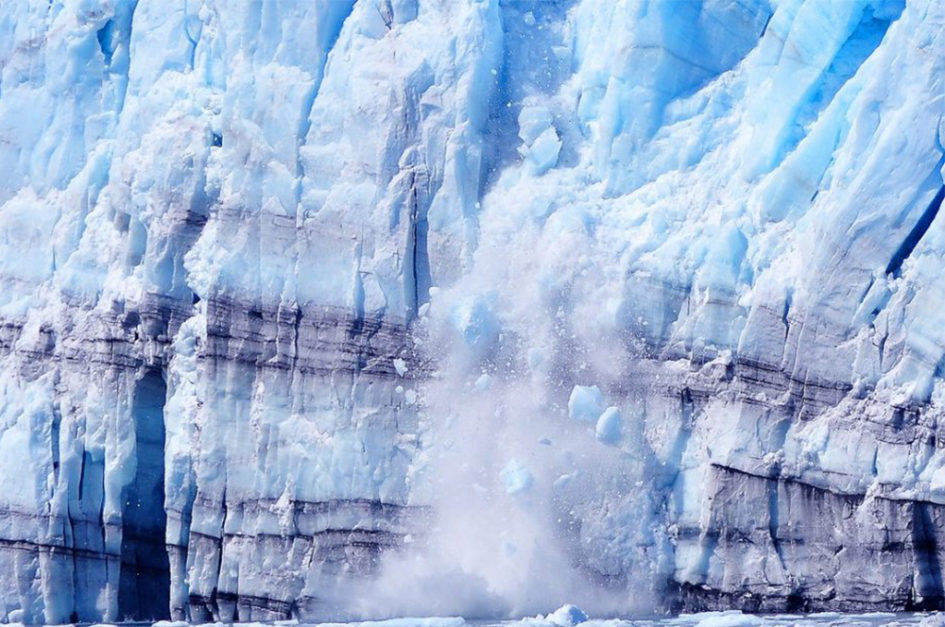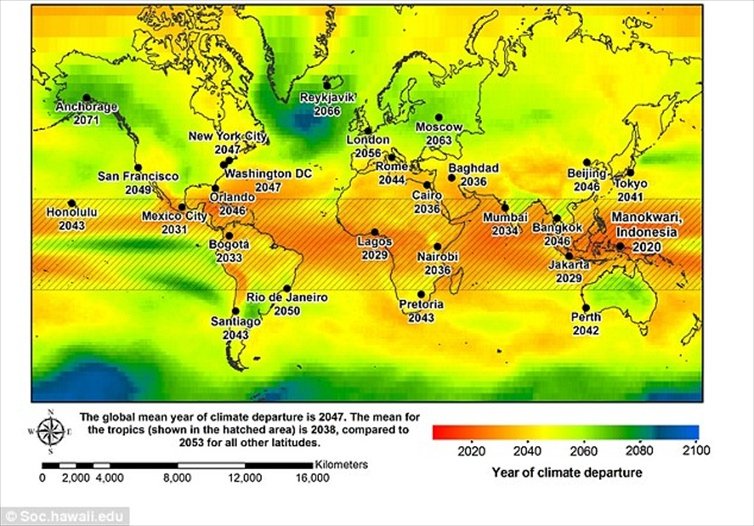It is well documented that the Arctic polar ice caps are melting. What is not well documented is its advantages and the role secure and reliant data transfer plays in exploiting them.
Luckily the ice in the North Pole is not as thick as that of the South Pole and would not affect sea levels if it melted. But the thinning and shrinking ice does mean longer navigation seasons, which in turn means routes staying open for commerce longer; natural resources being more accessible for drilling; and shorter, more efficient voyage routing in the Arctic.
Iceberg maps
Directing the increased traffic in icy waters is where data transfer comes in! To navigate safely in the region ship captains are becoming more and more reliant on sea-ice and iceberg maps supplied by the US National Ice Center (NIC).
A partnership between the US Navy, the US Coast Guard, and the National Oceanic and Atmospheric Administration (NOAA), the NIC compromises of 15 to 18 ice analysts that study satellite imagery to interpret ice conditions in the Arctic, the Antarctic, the Great Lakes, and the Chesapeake Bay.
The data used to build these sea-ice and iceberg maps comes from polar-orbiting satellites that result in the NIC receiving approximately 6,000 images, or roughly 160 gigabytes of data every day. The images are then cataloged and made available to individual analysts through a custom imagery browser application.
Through the analysis of the data, the NIC is able to generate between 70 and 80 standard geographic information system (GIS) maps each week, which are used by the US Navy, shipping enterprises, petroleum companies, fisheries, and ocean scientists.
The only solution for delivering an operation like this is a secure and fast file sharing service via the cloud. Take Maytech’s products, for instance, they allow for efficient, fast and ultra-secure FTP transfer – wherever you are in the world and would be more than capable of handling an Arctic skipper’s ice mapping needs.
Climate data
It’s not only in taking advantage of global warming that data is able to help, but the digital matter is also key in the fight against global warming with the Obama administration recently announcing an initiative to provide private companies and local governments better access to already public climate data.
The aim of which is to create easy-to-use tools for the average person to prepare people to be more resilient to the harms of climate change, and includes efforts like putting sensors on Philadelphia city buses to collect data to track the effect of climate change.
From providing detailed maps for Arctic sea routes to fighting global warming, online data transfer is slowly transforming every aspect of modern day life. But it’s on modern business that it’s had its greatest impact.
Read More: The Tug-of-War Over Your Data: How the CLOUD and SHIELD Acts Pit Security vs. Privacy



Leave a Reply
You must be logged in to post a comment.